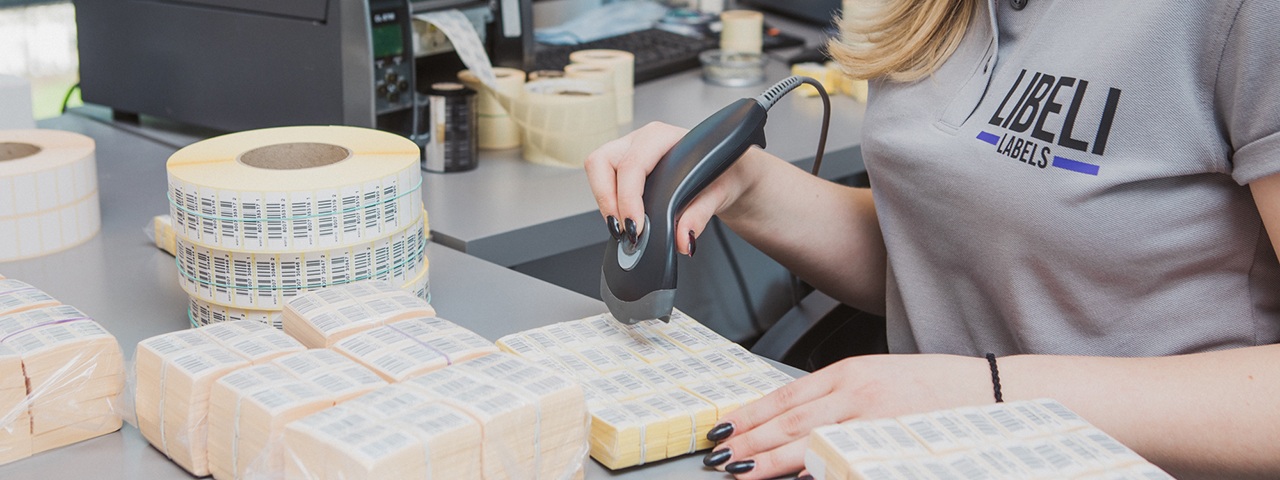Product identification in transport and logistics
In principle, the general logistics and transport industries could not exist without the proper labelling of goods – from production, storage and transport to delivery to the final customer. For this purpose, the information contained on the product label or that displayed on the packaging facilitates instant identification at every stage of the route.
Labels used in logistics and transport have to meet a number of requirements, some of which are defined by relevant standards (as in the case of maritime transport).
More often than not, customers expect such labels to be:
- not affected by changeable weather conditions and diverse chemical agents,
- scratch- proof and resistant to abrasion and mechanical damage that may occur during storage and transport,
- resistant to various types of soiling that can occur if the product frequently changes its location,
- clearly printed for easy reading by barcode scanners.
Depending on the needs and conditions to which the transported goods are exposed, the types of labels used include:
- Thermal paper labels – used wherever high durability is not required because the supply chain is relatively short and the conditions are not harsh, e.g. in production halls, closed warehouses or during courier deliveries.
- Paper thermal transfer labels – these are used where increased resistance to both changing weather conditions and chemical substances is required, e.g. in open warehouses, sheds, in the case of frequent reloading, and during long delivery times.
- Labels and tags made from various types of film – used wherever high resistance to changing external conditions and to chemical and mechanical damage is required, or when the supply chain is significantly extended, e.g. goods are stored outdoors or transported by sea.




